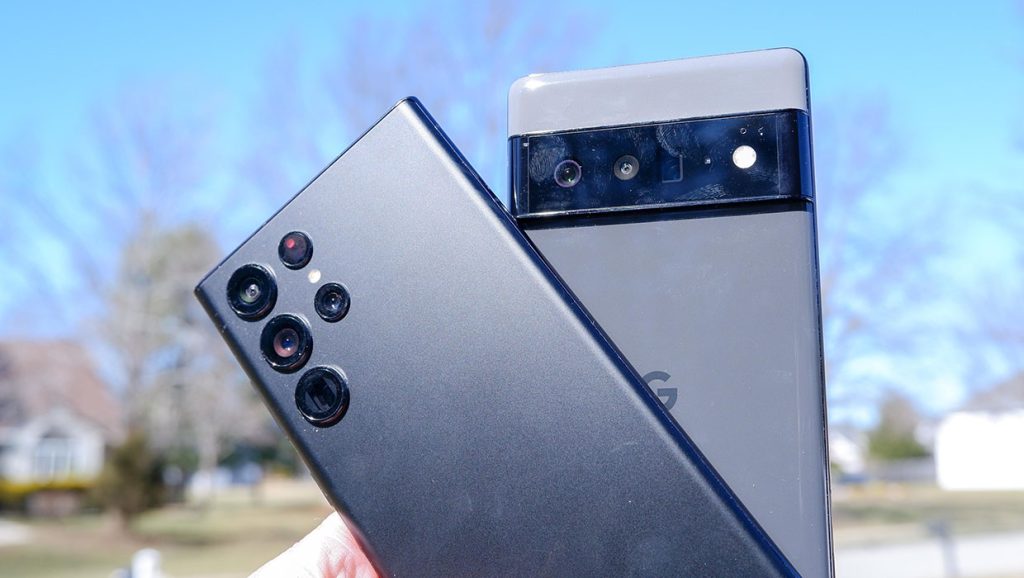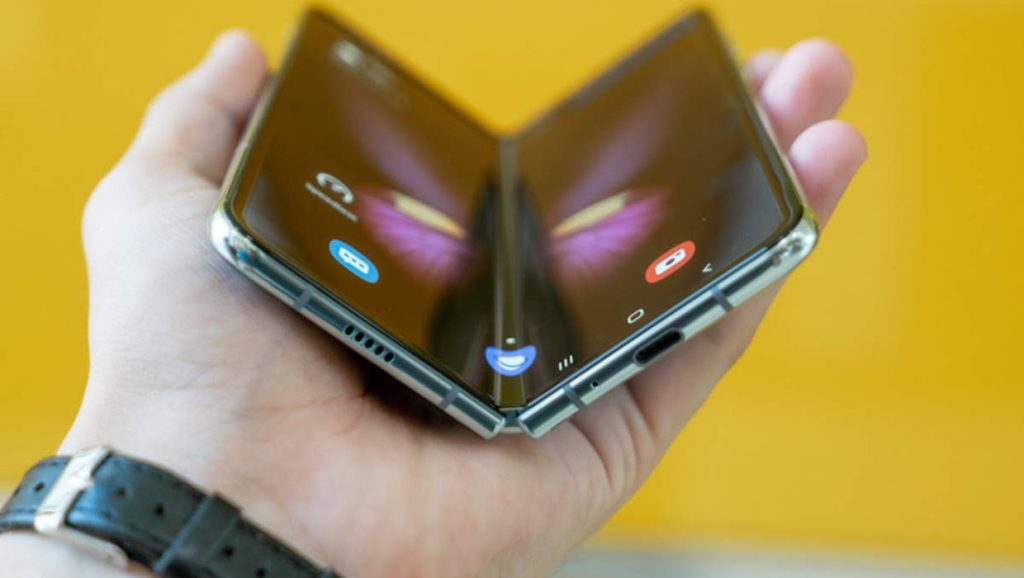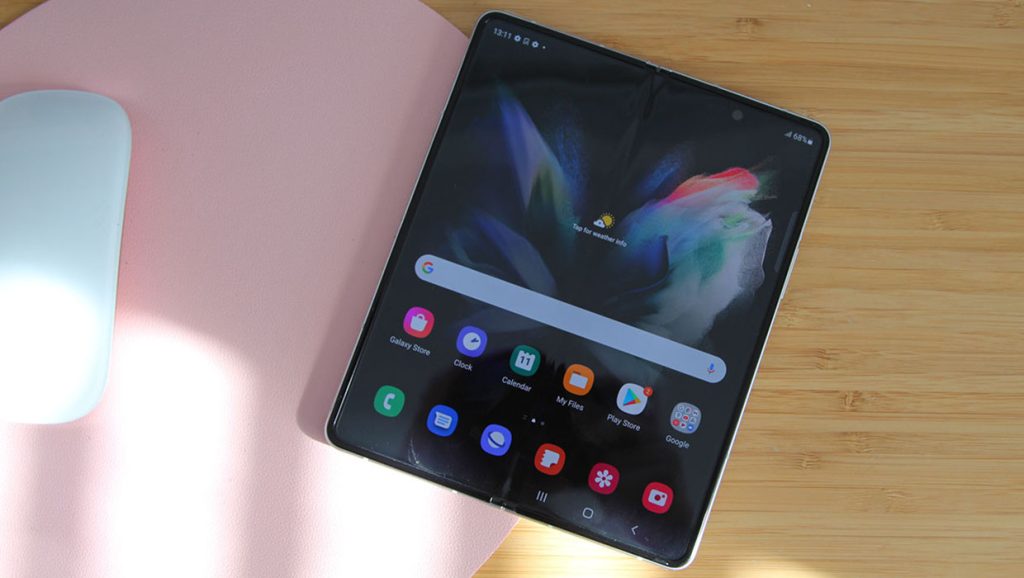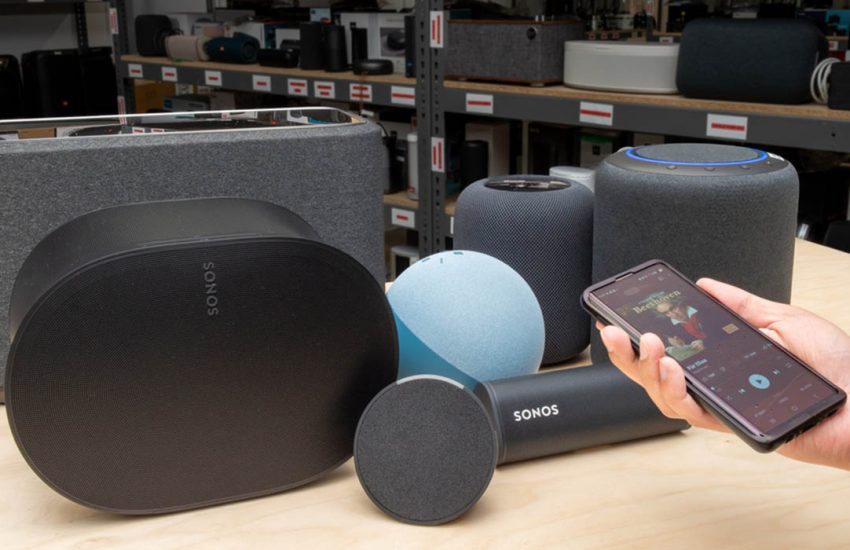Hot Mobile Features: Exploring the Latest in Smartphone Technology
Smartphones have become an indispensable part of our daily lives, acting as our communication hub, entertainment center, productivity tool, and more. The world of mobile technology is in a constant state of evolution, with manufacturers continuously pushing the boundaries of innovation. From the evolution of mobile technology to cutting-edge features and a glimpse into what the future holds, we’ll leave no stone unturned in our quest to understand the state of the art in smartphone technology.
Gazelle.com – Buy Smart. Sell Easy.
Trade in your old phone, tablet, or laptop at Gazelle.com and get instant cash offers.
Or shop certified pre-owned devices that look and work like new — all fully tested and guaranteed.
Simple. Secure. Sustainable.
The Evolution of Mobile Technology
The journey of smartphones began with humble origins. In the early 1990s, mobile phones were large, heavy, and primarily designed for voice calls. They lacked the sleek touchscreens and powerful processors of today’s devices. The term “smartphone” didn’t exist, and the closest thing to modern smartphones were Personal Digital Assistants (PDAs) like the Palm Pilot and BlackBerry.
However, the turning point came in 2007 when Apple introduced the first-generation iPhone. With its revolutionary multi-touch interface, mobile web browsing, and the App Store, it laid the foundation for the modern smartphone era. This launch marked the birth of the smartphone as we know it today.
The Rise of Touchscreens
One of the most significant milestones in smartphone evolution was the widespread adoption of capacitive touchscreens. These touch-sensitive displays replaced physical keypads and styluses, making interaction with smartphones more intuitive and user-friendly. The iPhone’s touchscreen set the standard, and competitors quickly followed suit.
From 2G to 5G: The Mobile Network Revolution
The development of mobile networks has been pivotal in enhancing smartphone capabilities. From the early days of 2G voice calls and text messages, we’ve progressed to 3G, 4G, and now 5G networks. Each generation brought faster data speeds, lower latency, and improved network reliability.
5G, the fifth generation of mobile networks, has been a game-changer. It promises not only faster download and upload speeds but also the potential to enable technologies like autonomous vehicles and the Internet of Things (IoT). However, its rollout varies by region, and full 5G capabilities are not yet available everywhere.

Beyond the Basics
Smartphone displays have come a long way from basic LCD screens. OLED (Organic Light Emitting Diode) and AMOLED (Active Matrix OLED) displays are now standard in many high-end devices. These technologies offer vibrant colors, deep blacks, and energy efficiency. Furthermore, high refresh rate displays (90Hz, 120Hz, or even 144Hz) provide smoother scrolling and more responsive touch experiences.
Manufacturers are also exploring innovative form factors, such as foldable displays. These displays can be folded or unfolded to provide a larger screen when needed without increasing the device’s overall size significantly.
Cameras: The Power of Computational Photography
Smartphone cameras have become powerful imaging tools, thanks to advancements in computational photography. Features like HDR (High Dynamic Range), Night Mode, and AI enhancements allow users to capture stunning photos and videos in various conditions. Multiple lenses, including ultra-wide and telephoto, provide flexibility and creative possibilities.
The software plays a crucial role in enhancing photography. AI algorithms can recognize scenes, optimize settings, and even remove unwanted objects from photos. Portrait mode, which creates professional-looking background blur (bokeh), has become a standard feature.
Battery Technology: Fast Charging and Longevity
Battery life is a critical factor for smartphone users. Modern devices feature high-capacity lithium-ion batteries that can last all day with typical use. Fast charging technologies, like Qualcomm’s Quick Charge and USB Power Delivery, allow users to recharge their phones quickly, often gaining hours of usage with just a short charge.
Manufacturers are also working on battery longevity. Features like adaptive charging, which learns your charging habits to reduce battery wear, are becoming more common. Additionally, some phones offer battery optimization modes to extend battery life further.
Biometric Security: Beyond Fingerprint Scanners
Biometric security has evolved from basic fingerprint scanners to more advanced methods. Facial recognition technology, often implemented through infrared (IR) sensors, has become a secure and convenient way to unlock phones. Some devices even feature under-display fingerprint sensors, which are both secure and visually discreet.
Biometric data, such as fingerprints and facial features, is typically stored securely on the device, enhancing privacy and security. These methods provide users with multiple options for securing their smartphones.
Cutting-Edge Features
Foldable smartphones are redefining the mobile experience. These devices use flexible OLED displays that can be folded or unfolded, allowing users to switch between a compact phone and a larger tablet-like screen. Foldables offer multitasking capabilities and innovative use cases, such as viewing content on a larger screen or running multiple apps simultaneously.
However, foldable technology is still evolving, and durability remains a concern. Manufacturers are working on improving hinge mechanisms and foldable screen materials to ensure long-term reliability.
Augmented Reality (AR) and Virtual Reality (VR)
Augmented Reality (AR) and Virtual Reality (VR) are making their way into smartphones. AR apps overlay digital information onto the real world through the phone’s camera. This technology has applications in gaming, navigation, shopping, and more. On the other hand, VR creates immersive, computer-generated environments for gaming and entertainment.
Smartphones with dedicated AR and VR capabilities are becoming available, and accessories like VR headsets offer enhanced experiences. As these technologies mature, we can expect more compelling AR and VR applications to emerge.
AI Assistants: Beyond Voice Commands
Artificial Intelligence (AI) is at the heart of many smartphone features. AI-powered virtual assistants, such as Apple’s Siri, Google Assistant, and Amazon’s Alexa, have become smarter and more integrated with device functions. They can answer questions, control smart home devices, send messages, and provide recommendations based on user behavior.
AI also plays a role in optimizing smartphone performance, managing battery life, and enhancing camera capabilities. The more AI learns about user preferences, the better it becomes at tailoring the smartphone experience.

120Hz+ Displays: Smooth as Silk
High-refresh-rate displays have gained popularity among gamers and enthusiasts. A display with a 120Hz or higher refresh rate provides smoother animations and more responsive touch input. This feature enhances gaming experiences, makes scrolling through content more fluid, and reduces motion blur in fast-paced apps.
High-refresh-rate displays are not limited to gaming phones; many flagship and mid-range devices now offer this feature. Users can often customize the refresh rate to balance performance and battery life.
The Future of Smartphones
While 5G is still rolling out globally, discussions about the sixth generation of mobile networks (6G) are already underway. 6G promises to take connectivity to new heights with faster speeds, lower latency, and the ability to support even more connected devices. It could enable innovations like holographic communication, advanced AI, and seamless AR experiences.
However, 6G is in the early stages of development, and widespread adoption is likely years away. Its potential impact on smartphones and other technologies is a topic of great anticipation.
Over the years, we have witnessed remarkable transformations, from the birth of the first iPhone to the widespread adoption of 5G networks. Today’s smartphones are not just communication devices; they are powerful tools that encompass a wide range of cutting-edge features.
The evolution of mobile technology has been marked by milestones such as the rise of touchscreens, advancements in display technology, the power of computational photography, and biometric security measures. These innovations have not only enhanced the user experience but have also expanded the possibilities of what we can achieve with our smartphones.
Cutting-edge features like foldable phones, augmented and virtual reality, AI assistants, and high-refresh-rate displays are pushing the boundaries of what smartphones can do. Foldables are redefining flexibility and multitasking, while AR and VR are opening up new dimensions of entertainment and productivity. AI is making our devices smarter and more intuitive, and high-refresh-rate displays are delivering silky-smooth interactions.
Looking to the future, 6G networks hold the promise of even more remarkable advancements, further blurring the lines between the digital and physical worlds. As technology continues to evolve, we can expect smartphones to play an increasingly central role in our lives, enabling us to connect, create, and explore in ways we never thought possible.
In this ever-changing landscape of mobile technology, one thing remains certain: the journey of innovation is far from over, and we can anticipate even more exciting developments that will continue to shape the way we live, work, and play with our smartphones.


